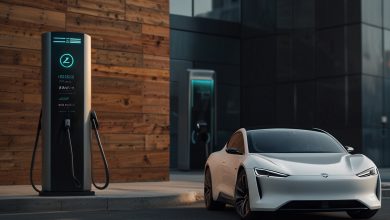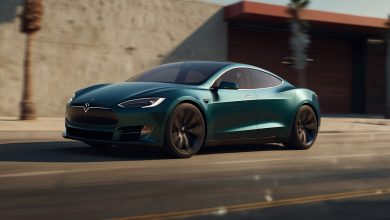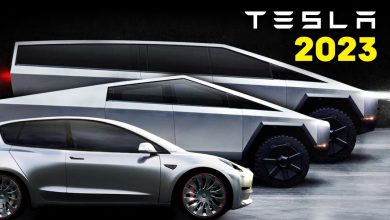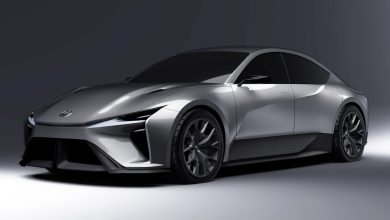Information About Electric Cars
What are the components of electric cars?
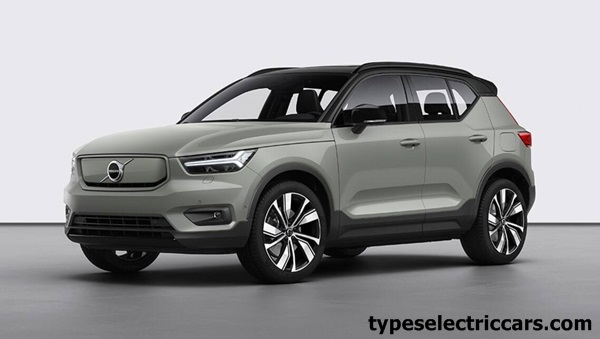
What are the components of electric cars? With the increase in the problems of fossil fuel cars, it has become necessary for people to use better forms of energy to drive their cars which led to the existence of electric cars, which are known to be very efficient and consume less energy in making energy than usual fuel which makes them environmentally friendly, and the idea of electric cars has emerged Because of the global shortage of fuel reserves in the world.
How do electric cars work?
- Electric cars differ from traditional cars in the source of their energy, which is in the form of rechargeable batteries installed inside the car.
- These batteries are not only used to power cars but are also used to power wipers and lights.
- But its exterior is similar to many other regular cars.
- But because there is no exhaust system, they differ from the inside from each other, for example, you will not find a fuel or gas tank, they do not use it to move the vehicle.
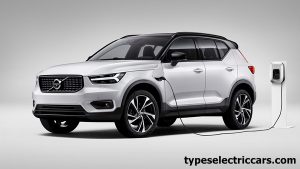
What are the components of electric cars?
- The three main components of electric cars that make them different from ordinary cars are the electric motor, the control unit, and the battery.
- The controller takes power from the battery and passes it to the electric motor.
- Before passing current to the motor.
- The control unit converts 300 volts of DC current to a maximum of 240 volts AC.
- The electric motor then converts the electrical energy into mechanical energy.
- Mechanical energy moves the car forward.
- And the controls act as an intermediary between the battery and the engine.
- Where it transfers energy from the battery and pumps it to the engine to work.
- The variable potentiometers are located between the engine and the controller and are responsible for providing the appropriate power to the engine.
- The motor initially does not output any volts but when fully pressed it gives the maximum output.
Types of batteries in electric cars
- Lithium-ion batteries: Lithium-ion batteries offer additional performance and are more affordable.
- They are lighter than other batteries and are the same as the batteries used to store data in digital cameras and smartphones.
- Lead-acid batteries: The most popular, cheapest, and 97% recyclable batteries.
- Nickel-metal hydride battery: Called nickel-metal hydride batteries.
- They cost much more than lead-acid batteries but offer higher output and better performance.

